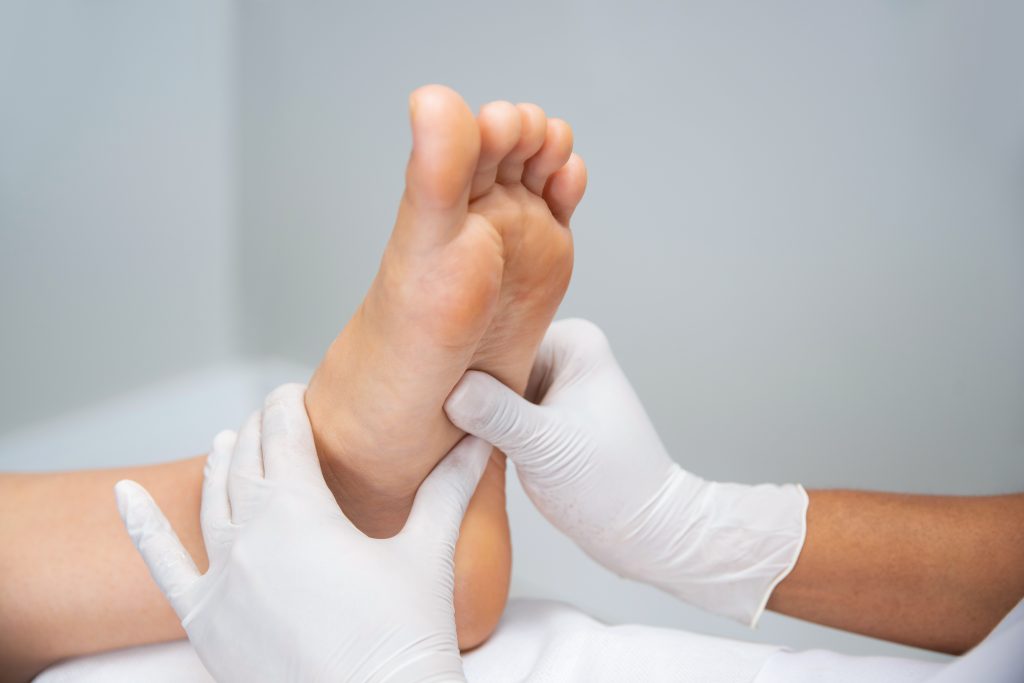Do you have sore feet? Are you having trouble walking or standing? You may be suffering from plantar fasciitis, a condition that affects the tissue connecting your heel bone to your toes. We meet many people seeking physiotherapy for plantar fasciitis and foot pain. So, we have developed this blog to help you understand why your foot is hurting, and what can be done about it.
What is Plantar Fasciitis?
The plantar fascia is a long, thin ligament that runs along the bottom of your foot. It connects your heel bone to your toes and creates the arch in your foot. When this tissue becomes irritated or inflamed, it can cause immense pain in your foot and make it difficult to walk or stand.
What Causes Plantar Fasciitis?
There are several things that can lead to plantar fasciitis. We will discuss some of these.
Age
The risk of plantar fasciitis increases with age. This is because, as we age, our ligaments and tendons become less elastic. This makes them more susceptible to injury as they are unable to absorb shock as well as they could before.
Weight
Being overweight or obese can also lead to plantar fasciitis. This is because there is extra strain on the ligaments, tendons and muscles in your feet when you are carrying excess weight. This can lead to damage over time and potentially cause more serious injuries. Losing weight can help to reduce the pressure on your feet and ease the symptoms of plantar fasciitis.
Footwear
Your choice of footwear is important in the prevention and management of plantar fasciitis. physiotherapy for plantar fasciitis can help to select shoes with good arch support and cushioning. Exercises that stretch the Achilles tendon and plantar fascia may also be recommended. Orthotics (custom-made shoe inserts) are sometimes prescribed to help relieve pain.
Activity
Overuse of the foot is one of the most common causes of plantar fasciitis. The condition is seen more often in runners but can occur in anyone who puts a lot of stress on the heel and arch of the foot. Exercises that place a lot of strain on the heel or arch of the foot through movement or even the type of footwear that you wear can lead to the condition.
Physiotherapy for Plantar Fasciitis
If you are suffering from plantar fasciitis, physiotherapy can help. A physiotherapist will conduct a thorough assessment to identify the cause of your pain and develop a treatment plan to address the underlying problem. This may include exercises, stretches, and massages. They may also recommend changes to your footwear or activities. In some cases, custom footwear, such as orthotics may be recommended to you by your physiotherapist. However, this will depend on many factors and causes of your pain.
How Physiotherapy Helps with Plantar Fasciitis
Plantar fasciitis physiotherapy treatments may vary depending on the severity of your condition. In general, physiotherapy for plantar fasciitis will aim to:
Reduce Pain and Inflammation: Your physiotherapist may use techniques such as massage, heat or cold therapy, or electrical stimulation to reduce pain and inflammation. They may also recommend anti-inflammatory medication.
Improve Flexibility: A physiotherapist can prescribe specific exercises to improve the flexibility of your Achilles tendon and plantar fascia. They may also teach you how to stretch these tissues properly.
Strengthening Muscles: Your physiotherapist may also recommend exercises to strengthen the muscles in your foot and leg. This can help to take the strain off your plantar fascia and ease the pain as other muscles around your foot and ankle can sustain some of the pressure.
Change Activities or Footwear: If your physiotherapist finds that a certain activity or type of footwear is exacerbating your condition, they may recommend avoiding this. They may also provide you with advice on how to modify your activities or choose appropriate footwear to prevent further injury.
Correcting Your Biomechanics: In some cases, physiotherapy for plantar fasciitis may also involve correcting your biomechanics. This can help people suffering from plantar fasciitis by altering the way your foot strikes the ground when you walk or run. This can help to take the strain off your plantar fascia and ease the pain.
Other Solutions for Plantar Fasciitis
Surgery
In some cases, surgery may be recommended to release the plantar fascia from the heel bone. This is usually only considered if other treatments have failed to provide relief from pain. Surgery is usually the last resort and has a long recovery time. Physiotherapy is often recommended before and after surgery to help with rehabilitation.
Exercise
Exercise is important for people suffering from plantar fasciitis. It helps to stretch and strengthen the muscles and tissues around the heel, which can ease pain and prevent further injury. A physiotherapist can prescribe specific exercises to help with your condition. They may also recommend avoiding high-impact activities, such as running until your pain has resolved.
Footwear
Your choice of footwear is important in the prevention and management of plantar fasciitis. Wearing shoes with good arch support and a cushioned sole can help to take the strain off your plantar fascia and ease the pain. Your physiotherapist can advise you on what type of footwear is best for you.
Rest
Ultimately, rest is the best way to allow your body to heal. If you are suffering from plantar fasciitis, it is important to take a break from activities that aggravate your pain. This will help to reduce inflammation and allow your tissues to heal. Your physiotherapist can advise you on when you can return to your usual activities.
Contact Us
At Falcon Health, we work with many patients seeking physiotherapy for plantar fasciitis. So, do not hesitate to contact us at 01444 257555 or info@falcon-health.com. Alternatively, we also provide chiropractic and physiotherapy treatments to help with any other ailments, including back pain, foot pain and anything else!
Article: Phoenix Marketing






